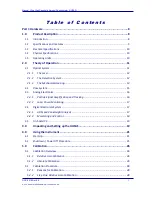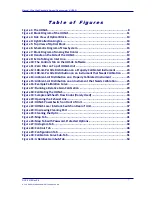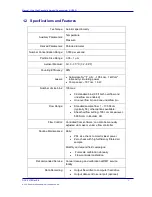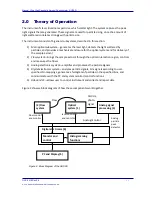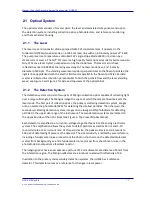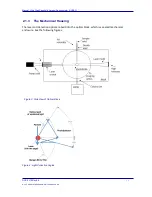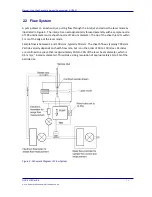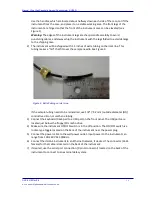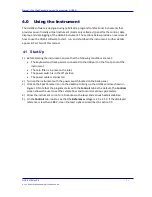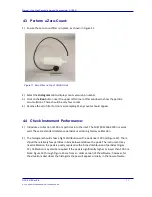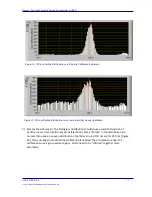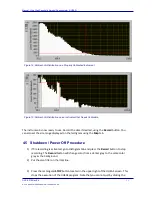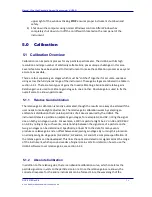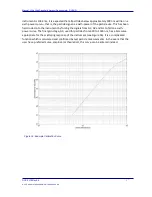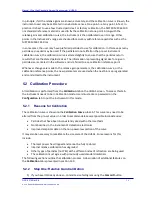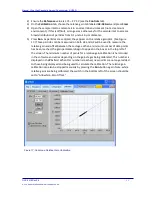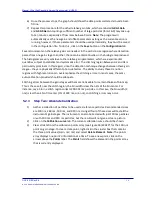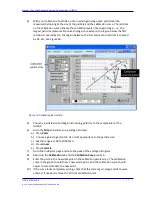
Manual, Ultra High Sensitivity Aerosol Spectrometer (UHSAS)
DOC-0210 Rev E-4
1 6
© 2017 DROPLET MEASUREMENT TECHNOLOGIES
2.3 Analog Electronics
2.3.1
Particle Signal Amplification and Tracking
The detector photodiodes produce a photocurrent, which the analog chain then converts to a
voltage. The system then processes the resulting signal, which is called the particle signal. The
chain is repeated for the primary and secondary detection systems.
After the photodiode transimpedence amplifier magnifies the particle signal, it is mixed with a
signal derived from the reference detection system for drift detection.
The particle signal is fed into two different detectors, differing in gain as specified below. In total
there are four gain stages: high and low for each of the primary and secondary detection
systems.
Gain stage labeling convention
High gain
Low gain
Primary detector
G3
G2
Secondary detector
G1
G0
Gain ratios:
G3/G2 = 50
G2/G1 = 20
G1/G0 = 20
The gain ratios G3:G2 and G1:G0 are pure electrical amplification gain ratios. The G2:G1 ratio is
more complicated, since it involves two independent photodetectors with independent
electronics that are on opposite sides of the optical block. See the discussion in section 5.2.2.
The gain stages also provide low-pass filtering to the signal. Each gain stage then feeds its own
baseline restoration circuit. This restores the 0 Volt baseline, which is disturbed by frequent
particle signals after AC coupling. The particle signal is then passed to a peak-hold circuit, which
tracks the rise of the signal as a particle crosses the laser and holds the peak value. The digital
system then processes the signal and issues a reset.




